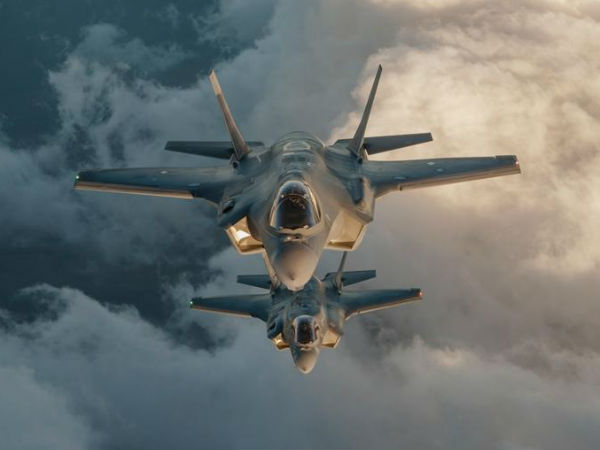China’s J-20 stealth fighter jet, often touted as a symbol of the country’s rising military prowess, has been positioned as a formidable adversary to the United States’ F-35 and F-22. However, recent analyses reveal that the J-20 may not be living up to its reputation. Despite its sleek design and advanced features, the J-20 is reportedly “out of breath” when compared to its American counterparts. What are the key weaknesses that hold it back in this high-stakes battle for air superiority?
A Stealth Fighter With Limits
The Chengdu J-20, introduced by China as its answer to the fifth-generation fighter jets of the U.S., has made headlines for its stealth capabilities and long-range strike potential. Yet, beneath the surface, the J-20 faces several critical challenges that prevent it from fully competing with the F-35 and F-22.

Engine Troubles: The Achilles’ Heel
One of the most significant drawbacks of the J-20 lies in its engine. Despite efforts to develop indigenous engines, the J-20 still relies on Russian-made AL-31 engines, which are considered less advanced compared to the engines powering the F-35 and F-22. This reliance on older technology has led to issues with thrust, speed, and overall performance.
In contrast, the F-35 is equipped with the Pratt & Whitney F135 engine, which provides superior thrust and agility. The F-22, with its twin Pratt & Whitney F119 engines, also outperforms the J-20 in terms of speed and maneuverability. The engine disparity puts the J-20 at a disadvantage in both dogfighting and evasive maneuvers, crucial elements in modern aerial combat.
Stealth Compromises
While the J-20 is marketed as a stealth fighter, questions remain about the effectiveness of its stealth features compared to the F-35 and F-22. The U.S. fighters have been developed with decades of stealth technology experience, resulting in aircraft that are nearly invisible to radar. The J-20, however, is believed to have certain design flaws that could make it more detectable by advanced radar systems, particularly those used by the U.S. and its allies.

Moreover, the J-20’s larger size and less refined radar-absorbent materials further compromise its stealth capabilities, reducing its effectiveness in evading detection during missions.
Avionics and Sensor Shortcomings
Another area where the J-20 falls short is in its avionics and sensor technology. The F-35, often referred to as a “flying computer,” is renowned for its state-of-the-art avionics, sensor fusion, and network-centric capabilities that allow it to gather, process, and share battlefield data in real-time. The F-22, although older, also boasts superior radar and sensor systems that provide unmatched situational awareness.
The J-20’s avionics are reportedly less advanced, limiting its ability to effectively engage in complex, high-tech warfare scenarios. This technological gap makes it difficult for the J-20 to match the operational versatility and information dominance of its American rivals.
Operational Experience: A Critical Edge
While the J-20 is relatively new to the skies, the F-35 and F-22 have already been battle-tested in various conflicts around the world. The operational experience of U.S. pilots flying these jets gives them a crucial edge in real-world combat scenarios. The J-20, on the other hand, re
 mains largely untested in actual combat, leaving questions about its true capabilities and reliability under fire.
mains largely untested in actual combat, leaving questions about its true capabilities and reliability under fire.
Final Thoughts
Despite its impressive appearance and ambitious design, the J-20 faces several critical weaknesses that prevent it from fully competing with the F-35 and F-22. Engine limitations, compromised stealth, outdated avionics, and a lack of combat experience all contribute to the J-20’s struggles in keeping up with its American counterparts.
As China continues to invest in and refine its military technology, the J-20 may see improvements in the future. However, for now, it remains “out of breath” in the race for air superiority, overshadowed by the more advanced and battle-proven F-35 and F-22. The ongoing rivalry in the skies is a stark reminder that in the world of military aviation, even the slightest advantage can determine dominance.





